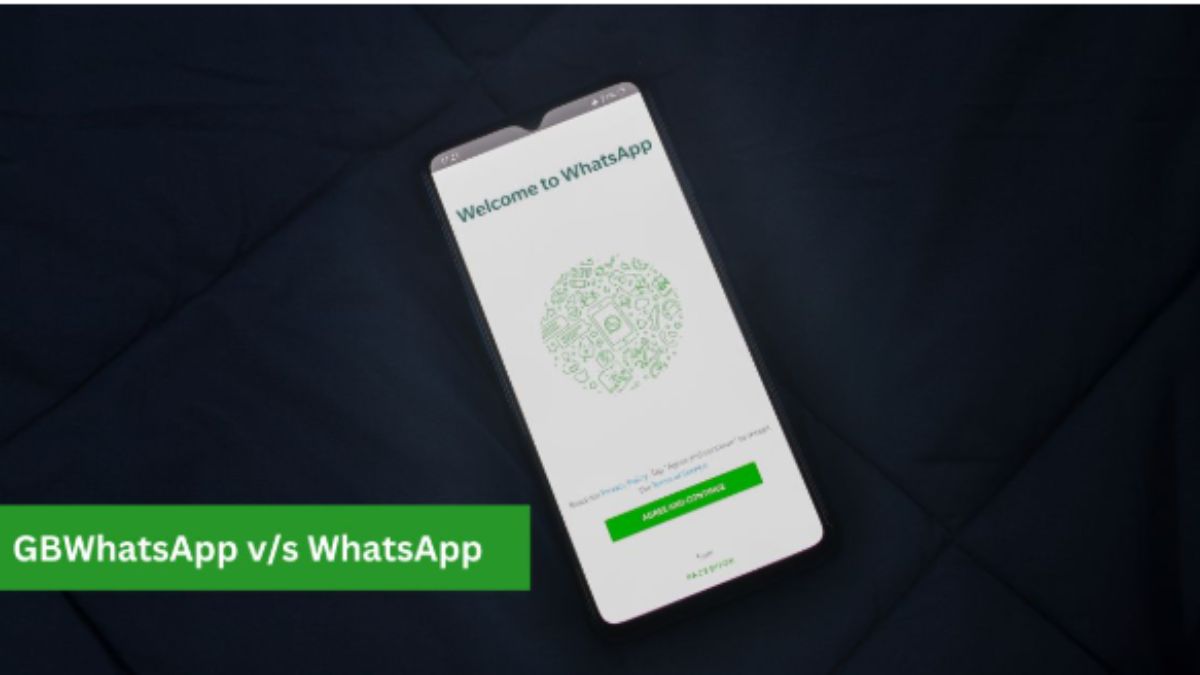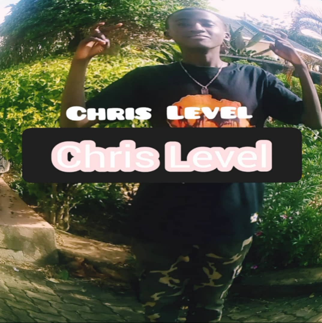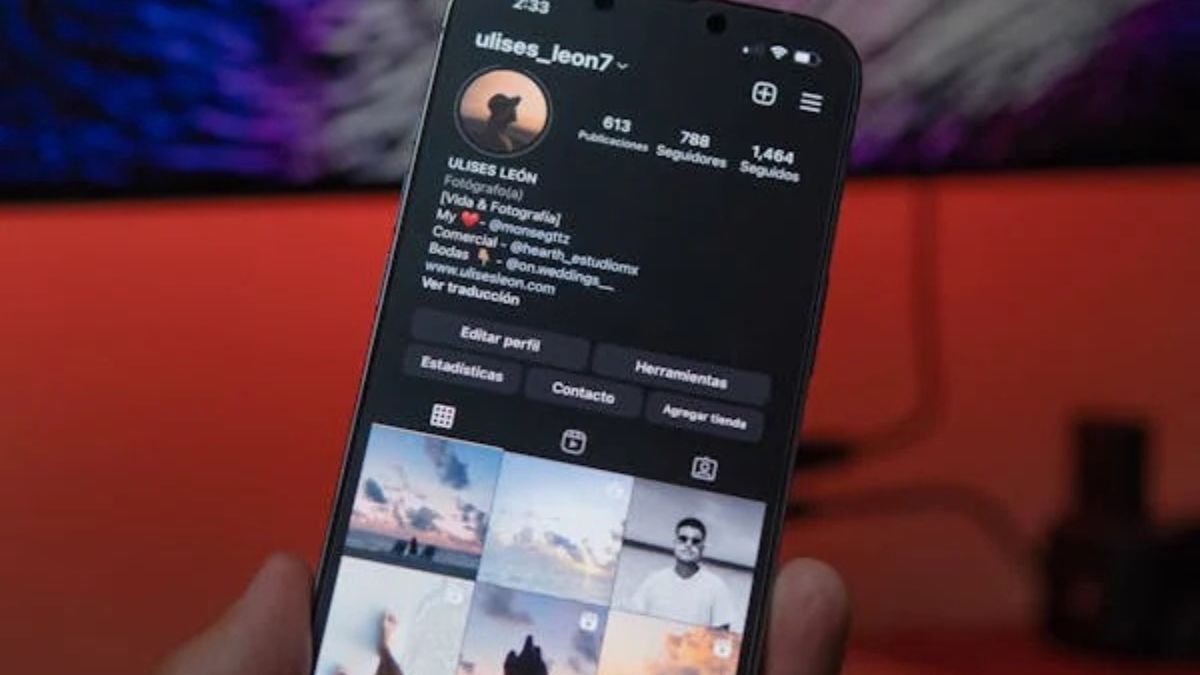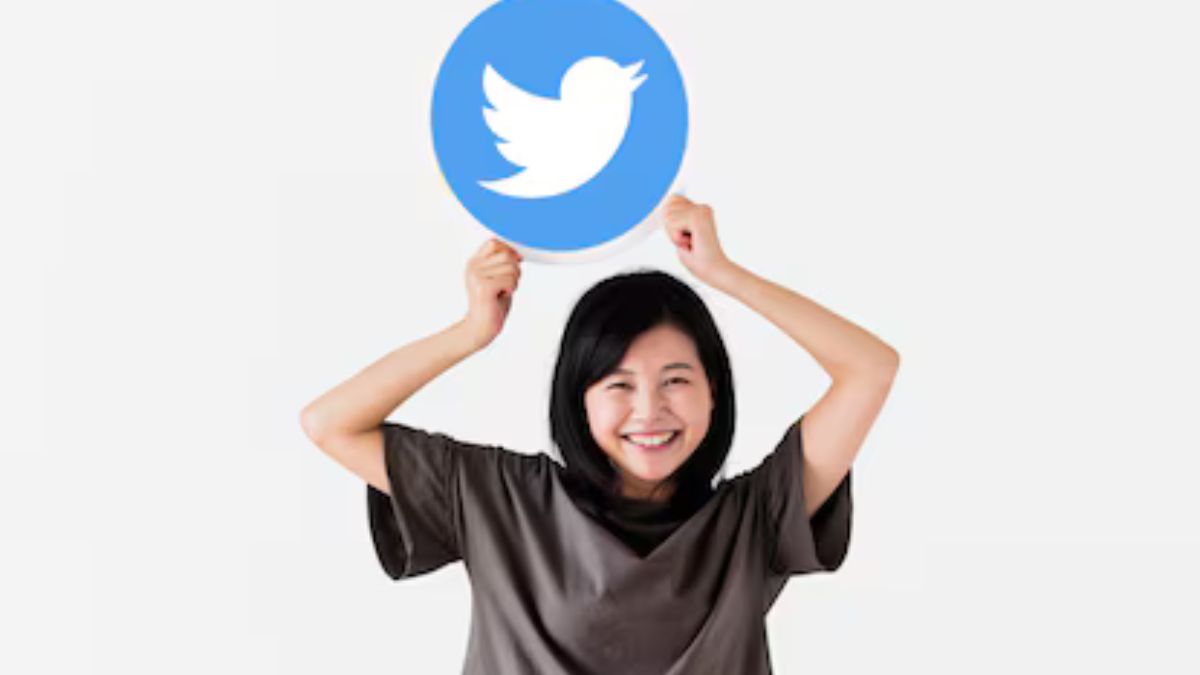APP
What’s the difference of GBWhatsApp and WhatsApp?

In today’s digital age, messaging apps have become an integral part of our communication. WhatsApp, a globally recognized app, dominates the messaging landscape with billions of users. However, alternative versions like GBWhatsApp have gained traction for offering enhanced features. While both apps serve the same primary function—instant messaging—they differ significantly in their offerings and usage.
Here’s a breakdown of the key differences between GBWhatsApp and WhatsApp:
1. Official Status
- WhatsApp: Owned by Meta (formerly Facebook), WhatsApp is an official, secure, and widely used messaging app available on the Google Play Store and Apple App Store.
- GBWhatsApp: This is an unofficial, third-party mod (modification) of WhatsApp. It is not affiliated with Meta and must be downloaded from third-party websites.
2. Customization
- WhatsApp: Offers limited customization options. Users can only change wallpapers and use predefined themes.
- GBWhatsApp: Known for its advanced customization features. Users can change the app’s theme, fonts, colors, and layouts to suit their preferences.
3. Privacy Features
- WhatsApp: Includes standard privacy features like hiding last seen, blue ticks, and status views.
- GBWhatsApp: Offers additional privacy controls such as:
- Hiding online status.
- Disabling typing or recording indicators.
- Viewing deleted messages and statuses.
4. Features
- WhatsApp:
- Allows message deletion for everyone within a set time frame.
- Status updates last for 24 hours.
- Limited to sending files of up to 100 MB.
- GBWhatsApp:
- Enables sending larger files (up to 1 GB).
- Allows users to send up to 90 images at once.
- Features like dual WhatsApp accounts on the same device.
- Ability of GB WhatsApp Download is that it download statuses directly.
5. Security
- WhatsApp: Employs end-to-end encryption for all chats and calls, ensuring user data is secure and private.
- GBWhatsApp: Since it’s a third-party app, it lacks end-to-end encryption. Using it could pose security risks, including potential data breaches and account bans.
6. Updates
- WhatsApp: Regularly updated through official app stores, ensuring stability, security, and new features.
- GBWhatsApp: Updates are irregular and must be downloaded manually, increasing the risk of outdated or malicious versions.
7. Account Ban Risks
- WhatsApp: Being an official app, there are no risks of being banned for using it.
- GBWhatsApp: Using modified versions like GBWhatsApp can violate WhatsApp’s terms of service, leading to temporary or permanent bans of your account.
8. Legality
- WhatsApp: Fully legal and compliant with app store policies and regulations.
- GBWhatsApp: Operates in a legal gray area, as it modifies WhatsApp’s code, which could infringe copyright laws.
Should You Use GBWhatsApp or WhatsApp?
WhatsApp is the safer and more reliable option for everyday communication, especially if security and data privacy are priorities. It is ideal for users who value compliance and a secure platform.
GBWhatsApp, while attractive for its added features and customizability, comes with risks such as data insecurity, potential account bans, and legal concerns. It is better suited for tech-savvy individuals who understand the risks and can manage them responsibly.
Conclusion
While GBWhatsApp offers a range of features that WhatsApp doesn’t, its unofficial nature and lack of security make it a risky choice. If you prioritize safety and reliability, stick to the official WhatsApp. However, if you’re looking for advanced features and are willing to take on the risks, GBWhatsApp may be worth exploring.
Always remember to prioritize your digital safety when choosing a messaging app.
APP
Chris Level Is Going To Conquer 2025’s TikTok

Chris Level, already known in Hollywood circles for his versatility, is quickly becoming a trailblazer in the music industry as a sync licensing innovator. Leveraging his star power and creative vision, Chris is on a mission to transform the sync licensing landscape by approaching music distribution in groundbreaking ways. His latest move, releasing a song exclusively on TikTok, has not only captured his fans’ attention but also ignited conversations about the future of music licensing and distribution.
Chris Level: The Sync Licensing Hollywood Star
https://www.imdb.com/name/nm13863823/
Chris Level isn’t just another celebrity dipping his toes into music—he’s an artist with a keen understanding of the sync licensing world. Sync licensing, the process of pairing music with visual media such as movies, TV shows, and advertisements, has become a vital revenue stream for artists and a crucial component of media production. For Chris, this realm is familiar territory, as his work in Hollywood has naturally intersected with the use of music in various productions.
His status as a sync licensing Hollywood star positions him uniquely to bring about change. With a career that spans acting and music, he understands the intricacies of both industries. Chris’s insights into sync licensing go beyond just creating catchy tunes; he’s focused on developing strategies that benefit both artists and content creators. This expertise and passion for sync licensing have inspired him to explore new ways of getting music directly to the public.
A Bold Move: Releasing a Song Exclusively on TikTok
In a move that could set a new precedent in the music industry, Chris Level released his latest song exclusively on TikTok. Instead of opting for a traditional rollout on major streaming platforms like Spotify or Apple Music, he chose to debut the track solely on the social media platform. This strategic choice underscores his understanding of how the industry is shifting toward more integrated, interactive experiences, where music and visuals coexist seamlessly.
TikTok, known for its viral trends and music-centric culture, has already established itself as a powerful tool for artists to promote their songs. By making TikTok the only place where fans could initially hear his new track, Chris has taken things a step further, treating the platform not just as a promotional tool but as the primary venue for his music release. This approach not only heightens the song’s exclusivity but also encourages fans to engage directly with the platform to experience the music.
Fans’ Reaction: Embracing the TikTok-Only Release
Chris Level’s decision to release a TikTok-exclusive song was met with overwhelming enthusiasm from his fans. Almost immediately, the track sparked a wave of excitement across social media, with users flocking to TikTok to hear it. The song quickly gained traction, with fans using it as the soundtrack for their videos, leading to an explosion of user-generated content that amplified its reach.
The TikTok-only release resonated particularly well with Chris’s fanbase, who appreciated the artist’s innovative approach. Fans took to the comments to express their admiration for the unique release strategy, praising Chris for thinking outside the box and using a platform that allows them to interact with the music in a creative way. By embracing the TikTok format, Chris Level not only released a song but also created a participatory experience that fans could actively be a part of.
Transforming the Sync Licensing Industry
Chris Level’s TikTok-exclusive song release has broader implications for the sync licensing industry. Traditionally, sync deals involve negotiating rights for songs to be used across various media platforms, a process that can be complex and time-consuming. Chris’s strategy of releasing music directly on a social media platform simplifies the distribution process and opens up new opportunities for sync licensing within digital content.
With a TikTok-only release, Chris effectively shortens the gap between music discovery and sync licensing. Brands, advertisers, and content creators looking for trending songs can now directly license a track that’s already gaining traction on a platform known for its viral music moments. This reduces the traditional barriers involved in licensing a song and makes it easier for music to be integrated into digital campaigns or viral challenges.
Moreover, this approach shifts the sync licensing conversation from just music rights in film and TV to a more dynamic digital content landscape. By focusing on TikTok, Chris Level is tapping into a space where sync deals can happen more fluidly, allowing his music to be used across user-generated content, branded collaborations, and even advertisements within the app. This can potentially transform how artists approach sync licensing by making it more accessible and integrated with social media trends.
Setting the Stage for Future Music Releases
Chris Level’s decision to release a TikTok-exclusive song may inspire other artists to experiment with similar strategies. As sync licensing becomes more intertwined with digital platforms, the line between music distribution and licensing is blurring. Chris is leading this shift by demonstrating that a song’s release can double as a sync licensing opportunity, directly engaging with an audience while simplifying the path for media usage.
This move suggests a future where artists use social platforms as not only promotional tools but primary distribution channels. If Chris Level’s TikTok-only release proves to be as impactful as it appears, it could lead to more artists choosing to debut songs on social platforms, rethinking how and where their music first becomes available. This strategy not only helps artists gain exposure but also places them at the forefront of new licensing opportunities that arise directly from fan engagement and viral trends.
Conclusion
Chris Level is no stranger to pushing boundaries in Hollywood and the music industry. His latest venture—a TikTok-exclusive song release—signals a shift in the sync licensing landscape, showcasing how artists can bypass traditional distribution routes in favor of more direct, engaging approaches. By leveraging TikTok as the primary platform for his song, Chris Level is not just releasing music; he’s crafting an experience that brings fans closer to the art and opens new avenues for sync licensing opportunities.
The overwhelmingly positive reaction from his fans shows that there is a market for innovative music releases, and Chris’s bold move could very well set a new standard for how songs are introduced to the world. As the sync licensing industry continues to evolve, Chris Level’s forward-thinking approach places him at the cutting edge, setting the stage for future artists to follow in his footsteps and rethink what it means to release a song in the digital age.
APP
Why People Decide to Buy Instagram Followers

To achieve organic audience growth, you need to regularly publish interesting content, attract users, and actively participate in the community. However, this method requires time and effort. Therefore, many people decide to buy followers on Instagram to immediately create the impression that their account is popular. This is especially important for companies or new bloggers who want to quickly gain attention.
How does the purchase of followers work
Buying followers is quite simple. Depending on the needs of the client, there are special services that offer follower packages. The service adds followers to your account after the order is completed.
It has two main methods. In the first case, followers are robots or automated accounts. Although they quickly increase the audience, they do not interact with the content. The second method requires the involvement of real people. Despite the fact that this method is more expensive, the result looks more natural and does not pose a risk.
Many services use a comprehensive approach. For example, they can organize mass subscriptions or use advertising aimed at attracting new users. These strategies increase the audience without risking the profile. However, it is important to remember that buying subscribers is a temporary solution that should be complemented by other promotion methods.
Pros of buying subscribers
The first advantage of buying subscribers is speed. In a short period, you can increase your audience and give your account a more professional look. Since popular profiles always attract more interest, this method helps to attract new subscribers.
A large number of subscribers also strengthens the credibility of your profile. People tend to think that an account with a large audience is a successful brand or high-quality content. This is especially important for businesses looking to gain market recognition.
However, it is important to remember that acquiring subscribers is only the first step to development. Engagement and work on content are necessary for real success.
Risks of buying subscribers
Despite the obvious advantages of subscriptions, there are also disadvantages. The main factor is low engagement. Your reach is reduced if most of your followers are inactive. Instagram can have problems with inactive audiences because it actively promotes content with high engagement.
Also, using deceptive strategies can attract the attention of Instagram’s algorithms. The system often removes bots and blocks accounts that violate the rules. Choose only trusted companies that are transparent and follow standards to avoid such problems.
Reputation is an additional risk. It can cause distrust among users if they find that your profile has a lot of inactive or suspicious followers. This is especially true for brands that are looking to engage with their target audience.
How to choose the right service
Choosing a reliable service is crucial to successful follower acquisition. Good platforms provide transparency, explain their methods, and ensure safety.
The quality of followers should be a priority. Since real users give the impression of organic growth, they are always preferable. Although this method is more expensive, it reduces risks and increases the attractiveness of the profile.
Also, do not use services that offer too low prices. This may indicate low-quality bot followers. It is important to study user reviews to determine the reliability of the platform.
How does buying followers affect a profile
The appearance of an account is crucial for user perception. A positive first impression and an attractive profile attract new users thanks to a large number of followers.
However, it is important to remember that the numbers should reflect real value. The content should be interesting and useful, otherwise the audience will quickly lose interest, even if you have a lot of followers. Buying followers helps to take the first steps, but does not replace working on the profile.
The target audience is also important. Users may have problems if your followers do not match your content or niche. A quality audience, not just numbers, is the basis of a successful profile.
Alternative promotion methods
There are many other ways to attract an audience to update your profile organically. One of them is to create original content. Interesting publications, innovative concepts, and bright images will help you stand out from the competition.
Interaction with users is vital. Engagement increases when people respond to comments, participate in discussions, and enter contests. They also attract new followers.
Another effective tool is paid advertising. It allows you to tailor targeting to a specific audience and attract active followers who are truly interested in your content. Although this method requires more time and investment, it gives better results.
Conclusion
A quick way to increase your audience and attract attention to your profile is to buy followers. However, this approach cannot be the only promotion strategy and has its drawbacks.
To achieve success, you need to combine organic development and buying followers. Using other promotion tools, communicating with users, and creating quality content will help you build a sustainable account.
To become famous, you need to buy followers. Use this approach carefully, and it will help you grow on Instagram.
APP
The Ethics of Deleting Tweets: When It’s Necessary and When It’s Questionable

Social media lets us broadcast thoughts and viewpoints to the globe with only a click. When we start to doubt what we posted, though, what happens? Just deleting the tweet and acting as though it never happened is unethical. Good points of contention exist on both sides of this problem.
When Is It Acceptable to Delete Tweets?
There are certain situations where deleting a tweet is understandable or even advisable:
1. To Correct Factual Errors
When you’ve shared information that ends up being incorrect, deleting the inaccurate tweet is usually the right thing to do. It allows falsehoods to spread.
2. To Remove Sensitive Personal Information
Deleting a tweet protects privacy in case you accidentally share some personal information or details about yourself or another person.
3. To Eliminate Hateful, Abusive, or Threatening Speech
Removing tweets that harass, threaten harm and are full of hate speech helps stop the abusive behavior on social platforms. Such tweets are against the policies of most sites.
4. To Retract Defamatory Statements
Defamation law prohibits knowingly making a false statement about someone that spoils that person’s reputation. The legal consequences of such tweets can be mitigated by deleting and apologizing.
5. To Remove Comments That Incite Violence or Illegal Acts
To avoid legal liability or prevent real-world harm, tweets promoting dangerous or illegal behavior may be deleted.
6. To Eliminate Spam or Commercial Posts in Non-Commercial Settings
Spam and marketing messages often get removed by moderators so that online discussions remain useful to the community.
Deleting tweets makes sense in these cases from an ethics, terms of service, legal and community expectations perspective. Removal is meant to correct a mistake or standard violation that the original poster made. If you need an effective tool to manage and delete tweets quickly, consider using Tweet Eraser: https://www.tweeteraser.com/. You can easily clean up your Twitter account with this platform.
When Is Deleting Tweets Questionable or Unethical?
However, there are also times when deleting content is more questionable:
1. To Cover Up Controversial Opinions You Now Regret
Posters may have a change of heart if their opinion elicits criticism. But simply deleting the original tweet rewrites history. This makes honest dialogue impossible.
2. To Remove Factually Accurate Statements You Still Believe
Some delete old tweets that were true and reflected their views when posted just because their views have changed. This can misrepresent their past perspective.
3. To Eliminate Evidence of Broken Promises or Contradictory Statements
Politicians tend to delete tweets made with promises that were not kept or tweets supporting someone, as well as for many other reasons. Voters are further handicapped in their ability to evaluate consistency and integrity.
4. To Hide Public Gaffes That Cause Embarrassment
Deleting gaffes or bad decisions in order to save face means no learning opportunities. Admitting your mistakes publicly builds that trust and that character.
5. To Pretend You Never Made a Failed Prediction or Bad Recommendation
Pundits often delete erroneous predictions rather than admitting their analysis was wrong. This destroys credibility.
When you delete tweets, you rewrite history, you make yourself unreliable, you cover up inconsistency, and you destroy trust, all of which is ethically questionable.
Balancing Transparency With Practical Concerns
There are good-faith arguments on both sides of this issue:
The case for deleting tweets:
- People change and grow. The things we once said in the past don’t always reflect who we are now. It discourages growth by forcing people to stand by every view they once held.
- Public tweets are forever. Goodness forbid that minor errors or poorly worded statements should tarnish someone’s reputation permanently.
- Everyone makes mistakes. We delete our missteps so we can move forward.
The case against deleting tweets:
- The eroding of credibility comes from deleting contentious tweets. It means we are afraid of being viewed, of not being able to defend our views.
- Poor judgment is reflected in intemperate tweets. Leaders should not hide mistakes but should own them.
- Retweeting doesn’t actually help much since you can’t assess consistency and integrity over time once you’ve deleted old tweets. They should have the full picture.
There are good counter-arguments to each of these points. There is no consensus on the exact ethics of deleting tweets.
Perhaps the best policy lies somewhere in the middle. Moderation and context both matter. While some deletions undermine transparency and trust in troubling ways, allowing no deletions ever would be impractical.
Best Practices: Promoting Transparency While Allowing Some Deletions
Platforms like Twitter could consider balancing competing needs through policies like:
- Requiring disclosure when deleting tweets that represented core policy views or key promises. An explanation should accompany deletions when the substance matters to the public.
- Certain deletions are limited to time without notice. For example, tweets could only be spontaneously deleted within the first hour of posting. After that, deletions would either be barred or require disclosure.
- Exempting purely personal information and corrections of factual errors from disclosure rules. These deletions don’t undermine transparency around public policy.
- Banning deletions is designed to cover up failures, mistakes, or contradictions related to professional duties. However, some personal errors unrelated to duties could have more flexible rules.
- Using deletion disclosure notices that preserve records of tweet content and time posted. This stops rewriting history while allowing removal.
- Employing de-emphasis rather than outright deletion for some problematic tweets. For example, tweets could be made private rather than public if embarrassing but not strictly rule-breaking.
With balanced policies that promote responsibility around deletions—but don’t ban them entirely in every case—social platforms can uphold transparency while recognizing practical concerns. There are ethical ways to implement tweet deletion rules that serve public discourse and trust.
The Complex Ethics Around Deleting and Editing Comments
The problem of social media comments being deleted is a complicated one for issues of transparency, accountability, privacy, and reputational impact among others. It’s reasonable to argue on both sides
There are some times when deleting comments is both necessary and just. Clearly, allowing misinformation, privacy violations, threats, hate speech or defamation to stand indefinitely would harm. But if you get rid of content as if it never existed, that gives off the impression of rewriting history or of escaping from having to respond to criticism.
Since there’s no easy solution that’s drawn a line over the competition in our minds, elegant policies that balance the needs of competing ethical needs around transparency and ease to implementation will be the best solution. Instead of an all-out ban on deletions, platforms can encourage responsibility by requiring disclosures of prominent deleted posts linked to public duties. The accountability is preserved in part by preserving some record of content and timing
Taking a whole view, we think that the ethical rules in this area ought to try to maintain a sensible balance between maintaining transparency and permitting reasonable removals in clearly limited cases of ongoing harm outweighing the advantages of permanence. With their care and wisdom, policies can help promote conscientious behavior without eternally punishing every mistake with always exposed visibility. We need to nurture quality, not try and preserve every utterance forever as an immutable public record.
Conclusion
This addresses the primary points of contention on the morality of deleting tweets and social comments. Like most difficult problems, there are options for compromise and balance, as well as good-faith viewpoints on many sides. Policies should seek to promote healthy public forums rather than, in all situations, strict application of permanency. Online platforms may preserve ethical discourse with care and subtlety while somewhat managing human flaws.
-

 HEALTH2 years ago
HEALTH2 years agoIntegrating Semaglutide into Your Weight Loss Plan: A Practical Guide
-

 HOME IMPROVEMENT2 years ago
HOME IMPROVEMENT2 years agoHow to Choose the Perfect Neutral Area Rug for Every Room
-

 LAW1 year ago
LAW1 year agoTeenage Drivers and Car Accidents in California: Risks and Parental Liability
-

 CONSTRUCTION1 year ago
CONSTRUCTION1 year agoConstruction Site Safety Regulations in New York and Your Rights as a Worker
-

 LAW1 year ago
LAW1 year agoPost-Divorce Considerations in California: Modifications and Long-Term Planning
-

 HOME2 years ago
HOME2 years agoSandra Orlow: The Teen Model Who Captivated the Internet
-

 FINANCE1 year ago
FINANCE1 year agoDigital Asset Management in Florida Estate Planning
-

 LAW1 year ago
LAW1 year agoKentucky’s School Football: Concussions, Injuries, and Legal Options
